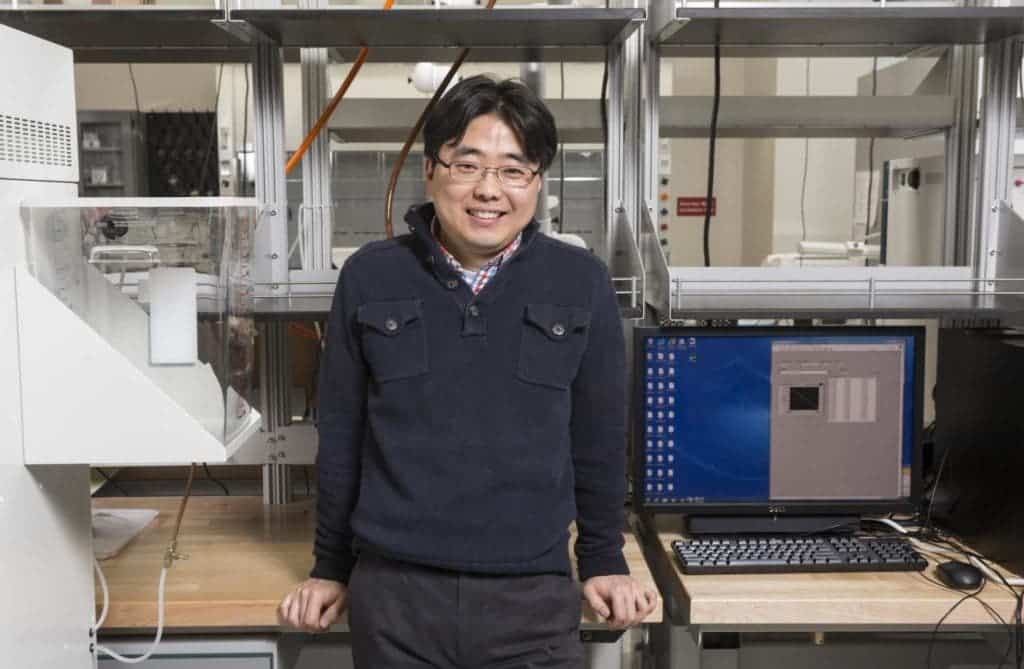A team at the Binghamton University, State University of New York has taken microbial fuel cells to the next level. They’ve found a way to make tiny paper-based microbial fuel cells that activate only when the user adds a few drops of saliva. Once activated, the battery delivers power. It’s in minute amounts but still enough to power critical electronics like point-of-care diagnostic biosensors.
“Typically, those applications require only several tens of microwatt-level power for several minutes, but commercial batteries or other energy harvesting technologies are too expensive and over-qualified. Also, they pose environmental pollution issues,” said Seokheun Choi who Assistant Professor at Binghamton University Electrical and Computer Science.
Spitting energy
A microbial fuel cell or MFC harnesses the power of respiring microbes to convert organic substrates directly into electrical energy. A normal fuel cell transforms chemical energy into electricity using Redox (oxidation-reduction) reactions. Microbes naturally oxidize and reduce organic molecules because bacterial respiration is essentially one big redox reaction in which electrons are being moved around.
MFCs aren’t by far the most appealing power generators since reactions can take some time to kick off and not a lot of electricity can be produced. They’re great, however, for niche applications like converting waste into useful energy. They’re also very reliable off-grid power generators when you need to monitor things such as water quality in places where other means are practically impossible.
The Binghamton MFC is innovative for a couple of reasons. It’s very portable and cheap, essentially being made of paper with a bacterial substrate. The cell is freeze-dried which enables long-term storage of cells without degradation. To activate the cell, one only needs to add some saliva, a resource that is always readily available.
As far as power density goes, it’s only a few microwatts per square centimeter. But even such tiny power can be enough to use essential electronics in remote areas found in developing countries. When 16 such MFCs were connected in series on a single sheet of paper, the power was enough to light an LED.
Choi and colleagues are now looking to improve power performance so the spit-activated MFC can power applications in the hundreds of milliwatts range.
Findings appeared in the journal Advanced Material Technologies.










